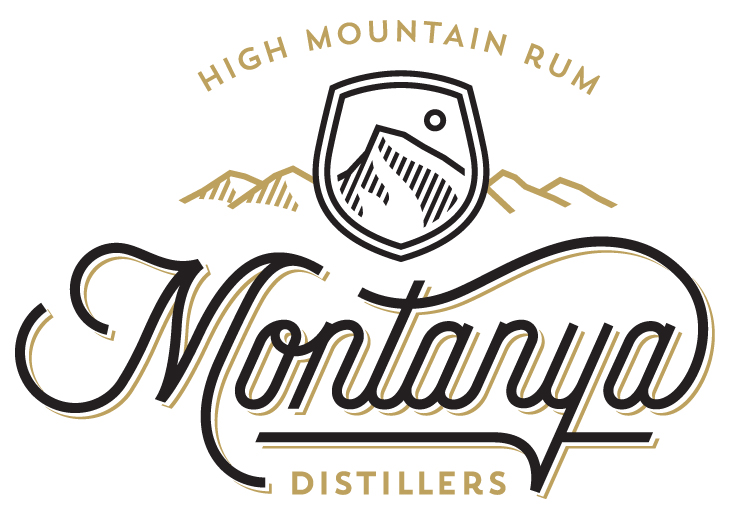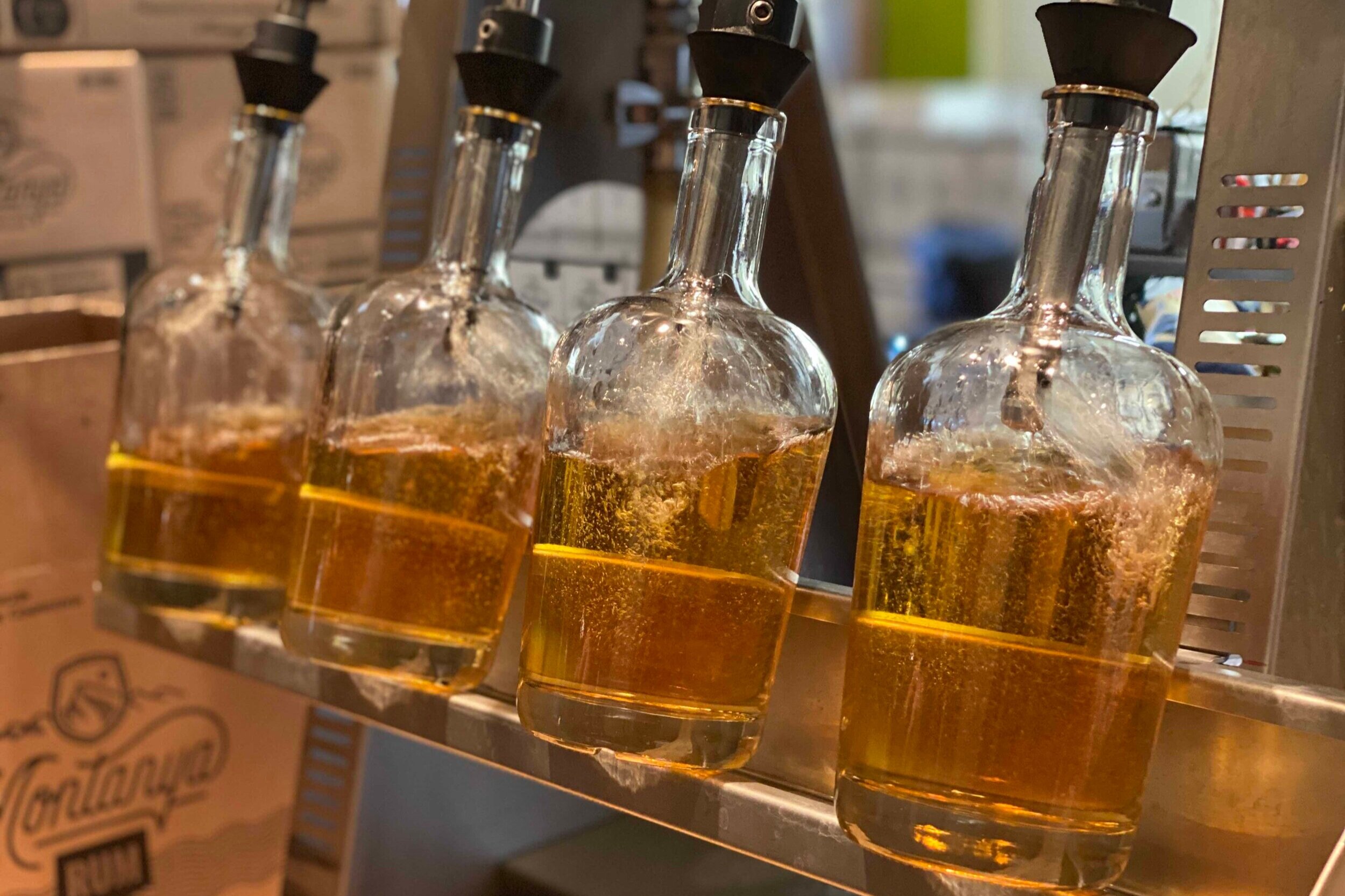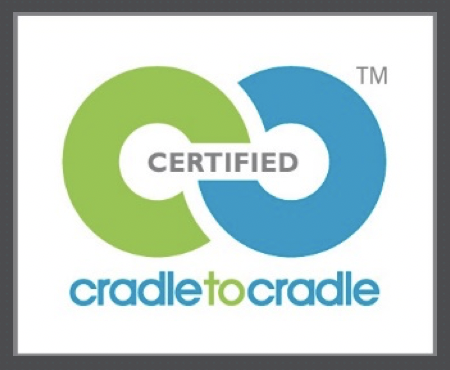Sustainability In Action: The Life Cycle of a Bottle
We’re starting this ongoing series to highlight our practices as a certified B Corp and Best for the World company, meeting the world’s highest standards for social and environmental responsibility. Business can be a force for good.
In late 2019, when we launched Valentia, we also debuted a brand new rum bottle. It’s a different shape than any of our previous bottles, and is now the go-to for Valentia, Platino and Oro. We made the switch because we suspected that a different bottle shape would better convey the premium quality of our rum.
Before: The original bottles for Montanya rums. Photo by Aaron Ingrao.
After: The new bottles will be used for Montanya Platino, Oro and Valentia.
We’re quite frankly in love with this new bottle, and even more thrilled that were able to bring it to market in partnership with our Cradle to Cradle certified bottle supplier, O-I, or Owens-Illinois. They are also rated well by EcoVadis, one of the most trusted sustainability ratings, and have helped us manage our environmental footprint. They offer an inspiring example of it means to not only become certified but keep working to improve those evaluations—you can read more below.
In the meantime, wonder when you’ll start to see those new bottles on shelves? In keeping with our environmental sustainability practices, we’re using up the old bottles first. As those supplies are used, you’ll start to see the new bottles hit shelves.
The original Montanya Platino bottle, which came to Montanya Distillers from O-I, a Cradle to Cradle certified bottle supplier.
The new bottle, also from O-I and Cradle to Cradle certified, introduced to the Montanya lineup during the fall of 2019.
Potential Problems
When you’re talking about packaging of any kind there are a range of things to consider when it comes to environmental impact: the materials used, how they’re sourced, byproducts of the manufacturing process, disposal or mitigation of those byproducts, and of course, what happens to the packaging when a consumer is finished with it.
One of the challenges inherent to making glass is the production of air pollution. Atmospheric emissions produced during melting contribute to greenhouse gasses (CO2), acidification (SO2) and the release of particulates. Glass manufacturers can also affect local water supply by using excessive quantities and returning polluted water to the water supply after use. This is particularly prevalent with Chinese-made glass.
In the US, the Clean Water Act and the Clean Air Act help regulate and minimize these emissions (though these rules have been liberalized under the Trump administration). The European Union also has comprehensive regulations. However, much of the cheapest and most plentiful glass come from countries that are not regulated at all. That’s why it was so important to choose our bottle supplier carefully.
Why We Chose O-I
O-I was the first beverage packaging company in the world to become Cradle to Cradle certified. This independent organization evaluates the company for material health, material reutilization, renewable energy and carbon management, water stewardship, and social fairness—with an emphasis on improvement.
Our bottle supplier also chooses to be evaluated by EcoVadis, often touted as the world’s most trusted provider of business’ sustainability performance when it comes to global supply chains. O-I rates high for the packaging sector and several points higher than companies of similar size and scope. (You can read more about these certifications here.)
Emphasis on Improvement
One of the reasons we’re so thrilled to partner with O-I is that the company leaders aren’t content to get an assessment and be done. After receiving Cradle to Cradle certification and being rated by EcoVadis, they learned how to improve and have worked diligently within the company to make improvements. Here are the latest stats, as of fall 2019:
Cradle to Cradle
Improved from a gold rating to platinum for material health—the only food and beverage packaging company to receive this rating
Went from a silver to a gold rating for water stewardship
Increased rating for social fairness to silver
Nearly 94% of the company’s global glass operations are certified Cradle to Cradle
EcoVadis
Improved from a bronze to a silver rating
Performed well for a packaging company and higher than companies of a similar size and scope
94%
O-I Plants Certified
Top 61%
EcoVadis Ranking
(Good for Packaging)
3
Areas Improved Significantly
Commitment to Transparency
Another reason we appreciate O-I is the transparency with which the company communicates. They were forthcoming about what they had to do to achieve a gold rating for water stewardship: analyze every step of the manufacturing process for every facility around the globe and verify that no plants leach dangerous chemicals into the water.
The company is also honest about where improvements are needed. The overall Cradle to Cradle rating is still bronze, for example—a reflection, the company says, of the fact that efforts are still underway to improve certain aspects of production, like the use of renewable energy.
We appreciate this honesty because it allows us to better evaluate our own environmental impacts, and because we know that when it comes to sustainability, there is always room for improvement. We can also trust that the company is working to improve because past experience has proven that to be true.
A Good Partner Helping Us Look to the Future
A sneak peak at our new bottle (and a limited-release rum celebrating women in distilling).
O-I has been a great partner for Montanya Distillers because of our shared values. They’re helping us to evolve our own product while still managing our environmental impact.
This fall (2019), we’re releasing a new bottle that’s more reflective of the style and quality of rum we make. It will also enable us to bottle more of our rums in the same kind of bottle. By partnering with O-I we can evolve the brand and stay true to our environmental values. (In fact, partnering with O-I is one factor that contributed to being recognized as a Best for the World company. That’s a great partner to have!)









